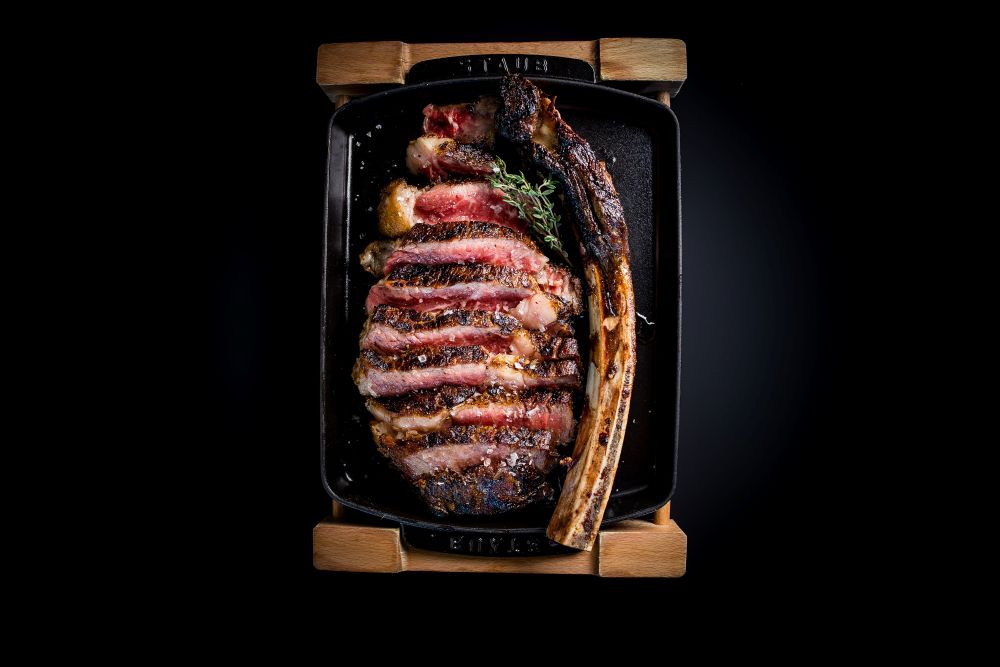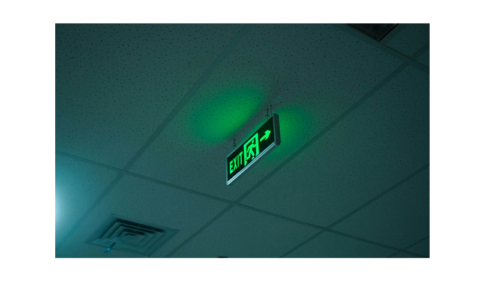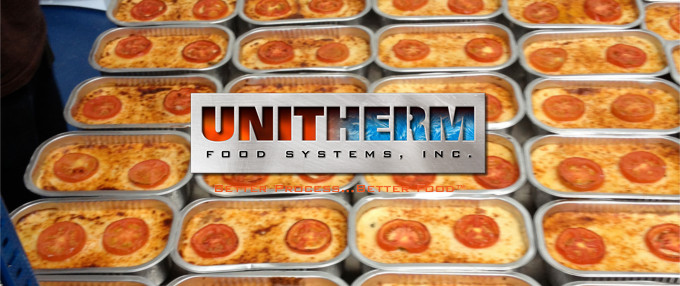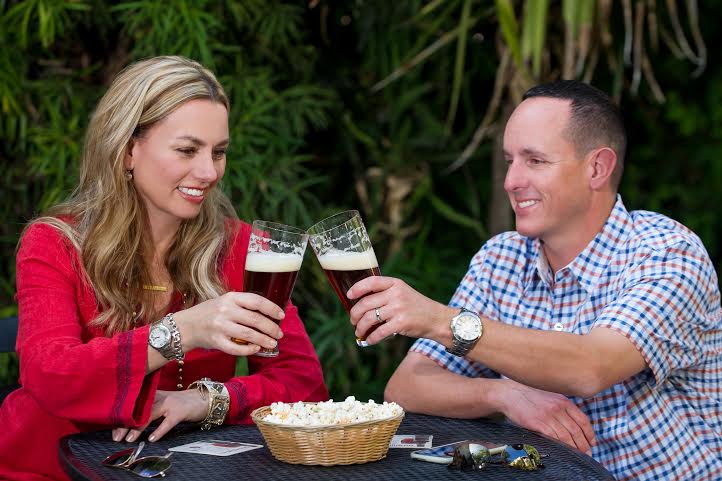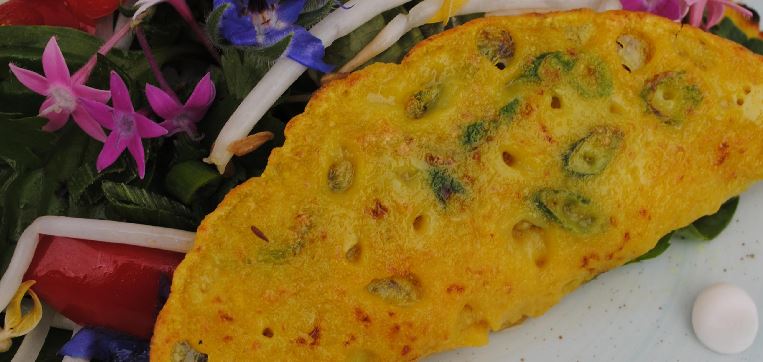The Las Vegas dining scene is about to get a major upgrade. BOA Steakhouse, the acclaimed California-based concept from Innovative Dining Group (IDG), is set to make its highly anticipated debut at Grand Canal Shoppes in The Venetian Resort Las Vegas on Friday, October 17. This marks a significant return for the brand to the Strip after more than a decade, bringing with it a refined approach to the classic American steakhouse that could reshape how operators think about premium dining experiences in entertainment destinations.
Strategic Location Choice Signals Market Confidence
BOA’s decision to plant its flag at Grand Canal Shoppes isn’t just about securing prime real estate: it’s a calculated move that speaks to broader trends in the food and beverage industry. The 11,000-square-foot space, previously occupied by Villa Azur, offers BOA the canvas to create something uniquely Vegas while maintaining the sophisticated California aesthetic that has made the brand successful across West Hollywood, Santa Monica, Manhattan Beach, and Austin.
For food and beverage directors and restaurant operators, BOA’s location strategy offers valuable insights. Grand Canal Shoppes provides the perfect intersection of tourist traffic and local dining culture, a balance that’s increasingly crucial for sustained profitability in competitive markets. The proximity to established concepts like Sushi Samba and the strategic positioning near high-traffic retail areas demonstrates how thoughtful site selection can amplify a brand’s reach.
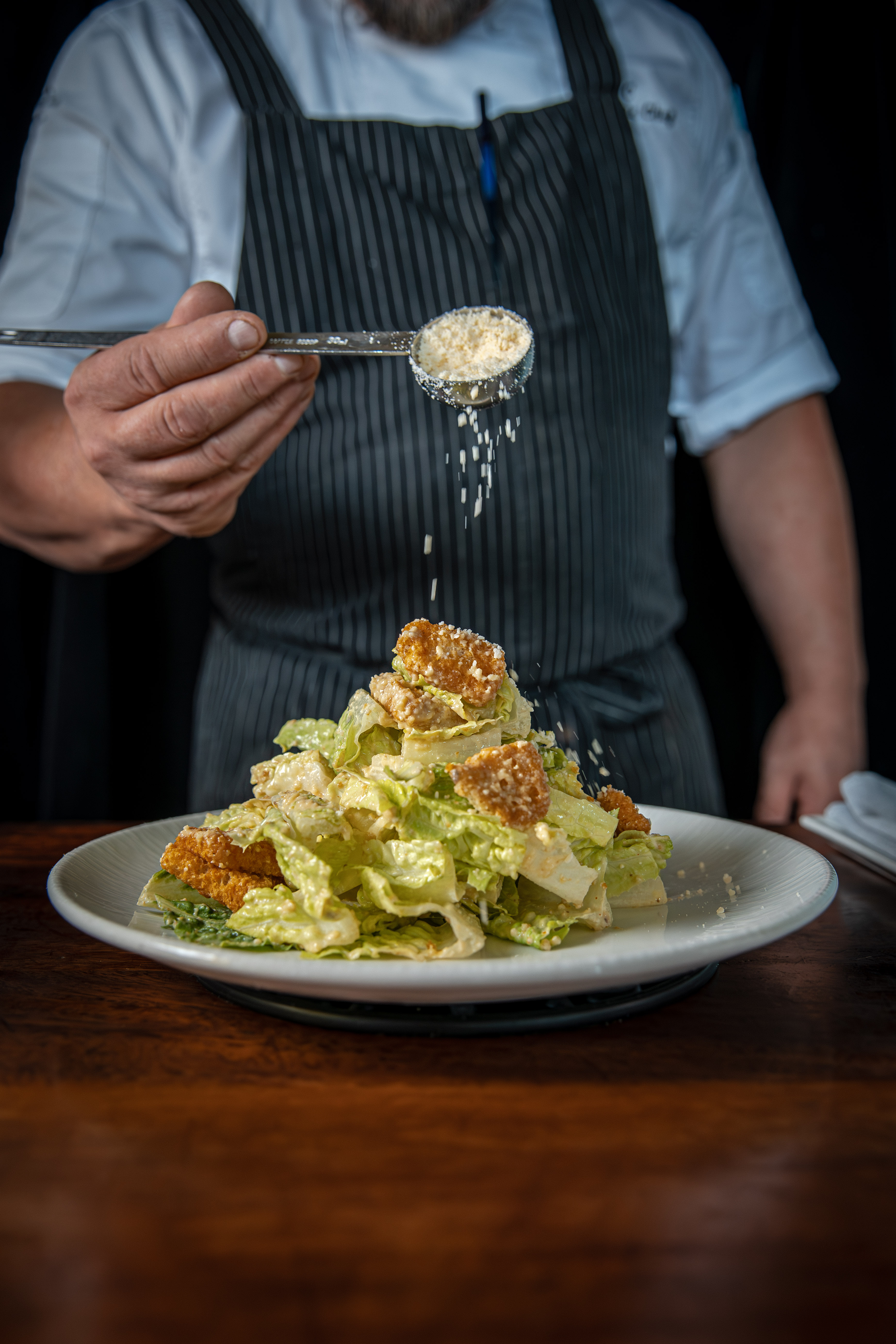
Menu Innovation Meets Market Demand
Corporate Executive Chef Brendan Collins has crafted a menu that reads like a masterclass in premium positioning. The signature 40-day dry-aged New York strip represents more than just a menu item: it’s a statement about commitment to quality and process. In an era where consumers are increasingly educated about food preparation and sourcing, these details matter tremendously.
The inclusion of Creekstone Farms and Westholme Australian Wagyu alongside Japanese A5 Wagyu shows strategic menu engineering at its finest. By offering multiple price points within the premium category, BOA creates accessibility without compromising its luxury positioning. This approach allows the concept to capture both special occasion diners and regular guests who might not always opt for the highest-tier proteins.
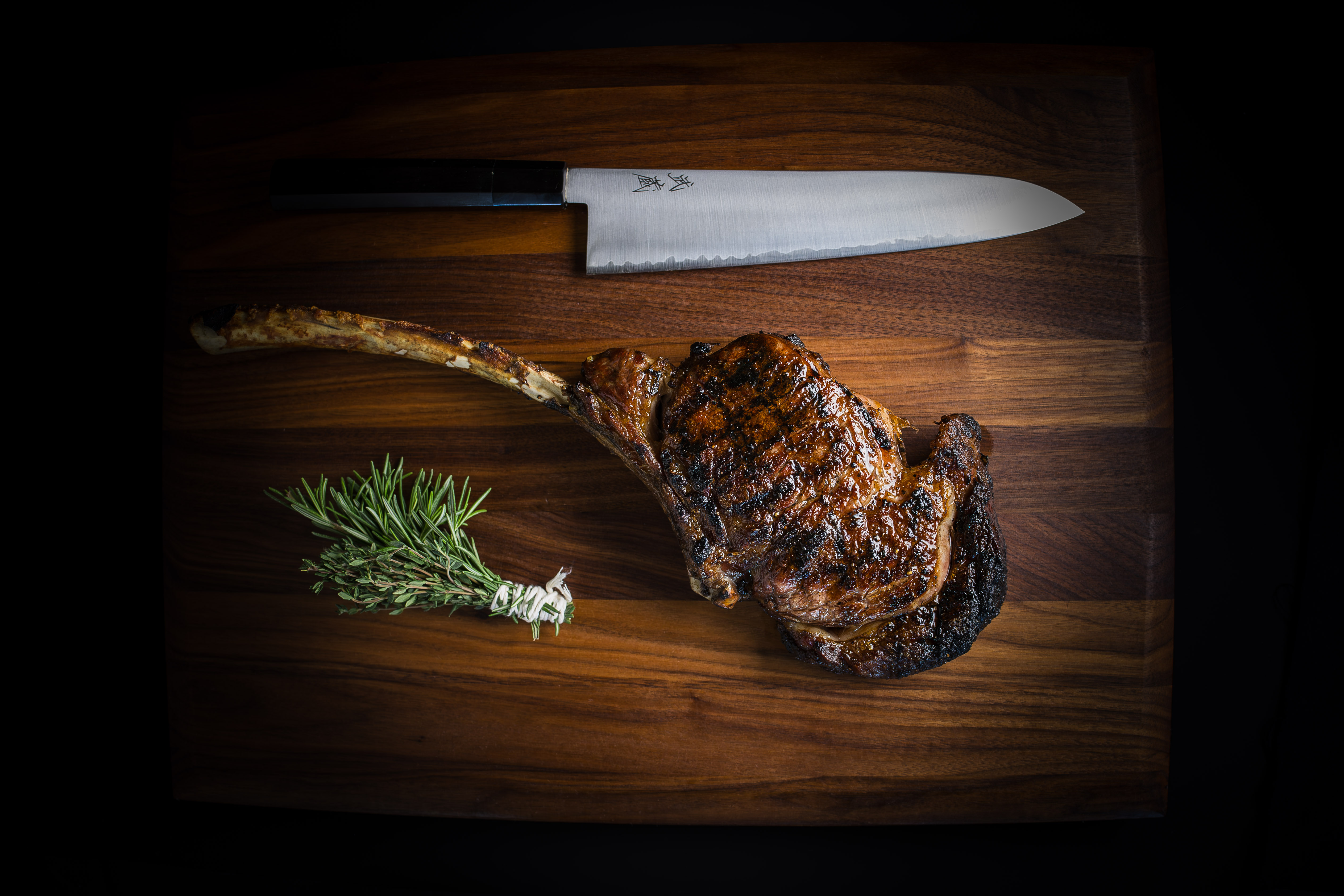
The seafood program, featuring Nova Scotia lobster tail and Ora King salmon, demonstrates menu diversification that smart operators are implementing to capture broader market share. The robust raw bar selection positions BOA to compete not just with traditional steakhouses but also with high-end seafood concepts: a strategic move that maximizes revenue potential per square foot.
Signature Dishes That Drive Social Media and Repeat Business
BOA’s approach to signature items offers lessons for any food and beverage manager looking to create memorable experiences. The festive Caviar Cones and iconic goat cheese baklava aren’t just appetizers: they’re Instagram-worthy moments that generate organic marketing. In today’s dining landscape, where social media presence directly impacts bottom-line performance, these visual elements are as important as flavor profiles.
The introduction of Wagyu Cigars with black garlic yuzu aioli and chili crisp showcases how traditional steakhouse offerings can be reimagined with global influences. This fusion approach appeals to Las Vegas’s increasingly diverse dining population while maintaining the premium positioning that justifies higher check averages.

The tableside Caesar salad deserves particular attention from operators studying service differentiation. This interactive element creates theater that extends the dining experience beyond simple food consumption. For restaurant managers dealing with labor costs and service efficiency challenges, BOA’s model shows how properly executed tableside service can actually increase profitability through enhanced perceived value and higher tips.
Design Elements That Support Operational Excellence
BOA’s interior design strategy: featuring signature felt ceilings, steel shelving units, and social booth seating: demonstrates how atmospheric elements can support both customer experience and operational efficiency. The rift-sawn oak tables and figured walnut paneling create the upscale ambiance that supports premium pricing while remaining practical for high-volume service.
The inclusion of three private dining rooms addresses a critical revenue opportunity that many operators overlook. Private dining typically generates higher per-person spend and provides crucial flexibility for corporate events, celebrations, and VIP experiences. For food and beverage directors, this space allocation shows how to maximize revenue per square foot through diversified offerings.
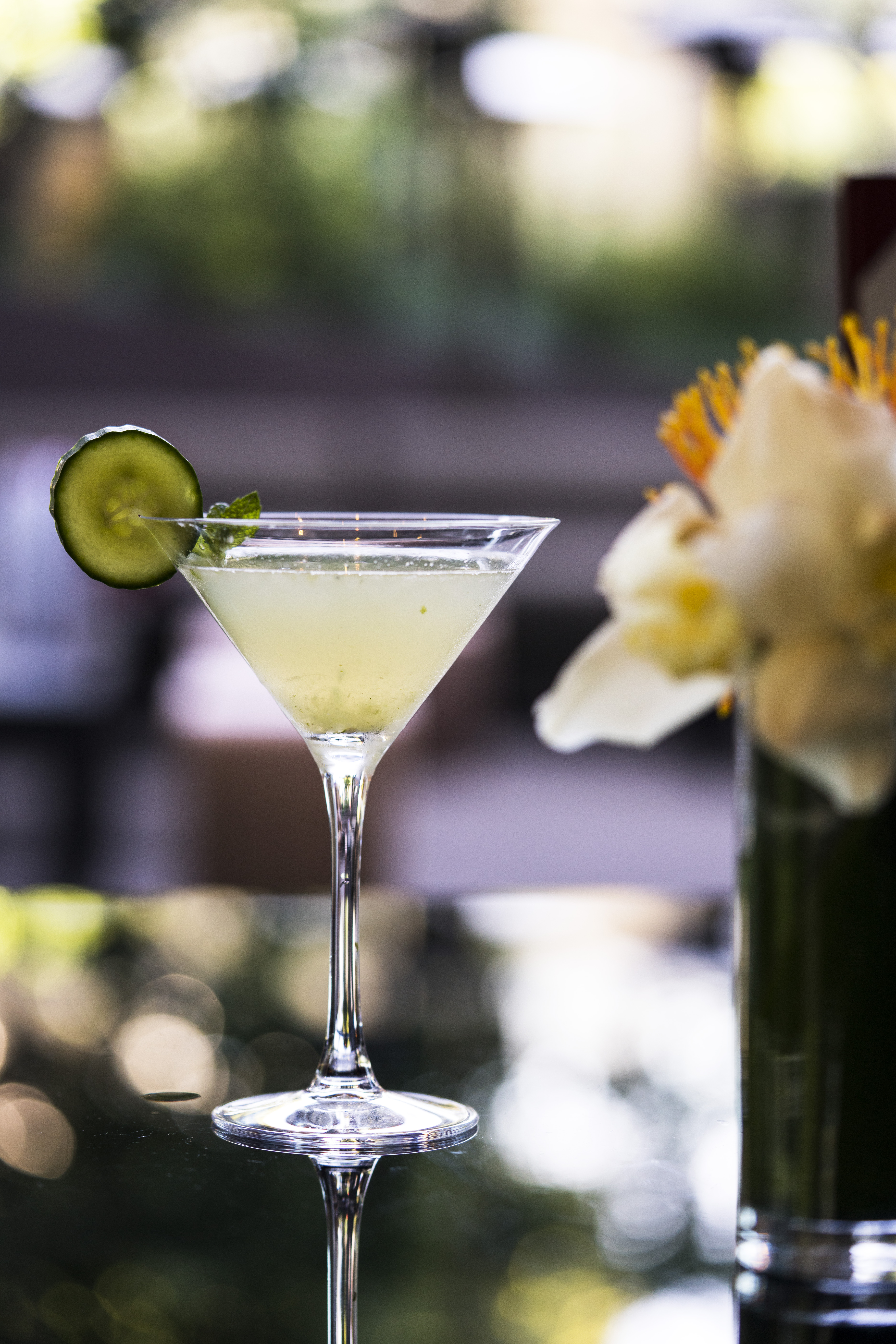
Service Philosophy That Drives Loyalty
Perhaps most significantly, BOA’s positioning of servers and management as concierges represents a service evolution that forward-thinking operators should study carefully. This approach transforms traditional hospitality into personalized experience curation: a strategy that builds customer loyalty and justifies premium pricing in increasingly competitive markets.
The balance BOA strikes between fine dining and high-energy lounge atmosphere addresses a key challenge in the hospitality industry: creating spaces that feel special for various occasions. This flexibility allows the concept to capture different dayparts and customer segments, from business lunches to celebratory dinners to late-night socializing.
Beverage Program as Revenue Driver
BOA’s curated wine list and elevated cocktail program represent strategic revenue opportunities that complement the food offerings. In markets like Las Vegas, where beverage sales often exceed food sales, this focus on drinks as experience enhancers rather than afterthoughts shows sophisticated understanding of profit center optimization.

The emphasis on cocktail craftsmanship aligns with broader food and beverage trends toward premiumization and experiential drinking. For beverage directors and restaurant owners, BOA’s approach demonstrates how drink programs can support overall brand positioning while driving margins that often exceed food profitability.
Expansion Strategy Lessons for Growing Concepts
BOA’s return to Las Vegas after a 13-year absence offers valuable insights for restaurant companies considering expansion or re-entry strategies. IDG’s founder Lee Maen’s comment about Las Vegas being “a city we’ve believed in and felt a strong connection to” reflects the importance of market timing and brand readiness in expansion decisions.
The fact that IDG has successfully operated Sushi Roku in Las Vegas for more than 20 years provides crucial operational infrastructure and market knowledge that supports BOA’s entry. This demonstrates how multi-concept operators can leverage existing market presence to reduce expansion risks: a strategy that independent operators might consider through partnership or franchise opportunities.
Market Implications for Vegas Dining
BOA’s arrival signals continued evolution in Las Vegas’s dining landscape. The city has transformed from a destination known primarily for buffets and celebrity chef outposts to a sophisticated food and beverage market that rivals major metropolitan areas. For industry professionals, this represents both opportunity and increased competition.
The positioning at The Venetian, specifically Grand Canal Shoppes, reflects strategic thinking about capturing both tourist and local markets. This dual approach has become essential for sustained profitability in destination dining markets, where operators must balance high tourist spending with local customer loyalty for year-round success.
Operational Excellence in High-Volume Environments
BOA’s 275-seat capacity with patio space demonstrates scale considerations that operators must balance with service quality. Managing high-volume service while maintaining the personalized experience that justifies premium pricing requires sophisticated operational systems and staff training: areas where many concepts struggle during expansion.
The October 17 opening timeline, announced in late September, shows confident pre-opening preparation. For restaurant operators, this compressed timeline suggests robust operational systems and experienced management teams capable of executing complex openings in competitive markets.
BOA Steakhouse’s Las Vegas debut represents more than just another restaurant opening: it’s a case study in strategic positioning, menu innovation, and service excellence that food and beverage professionals can learn from regardless of their concept or market position. As the industry continues evolving toward experiential dining and premium positioning, BOA’s approach offers a roadmap for sustainable growth and market differentiation.
Written by Michael Politz, Author of Guide to Restaurant Success: The Proven Process for Starting Any Restaurant Business From Scratch to Success (ISBN: 978-1-119-66896-1), Founder of Food & Beverage Magazine, the leading online magazine and resource in the industry. Designer of the Bluetooth logo and recognized in Entrepreneur Magazine’s “Top 40 Under 40” for founding American Wholesale Floral. Politz is also the founder of the Proof Awards and the CPG Awards and a partner in numerous consumer brands across the food and beverage sector.



